
 35
35




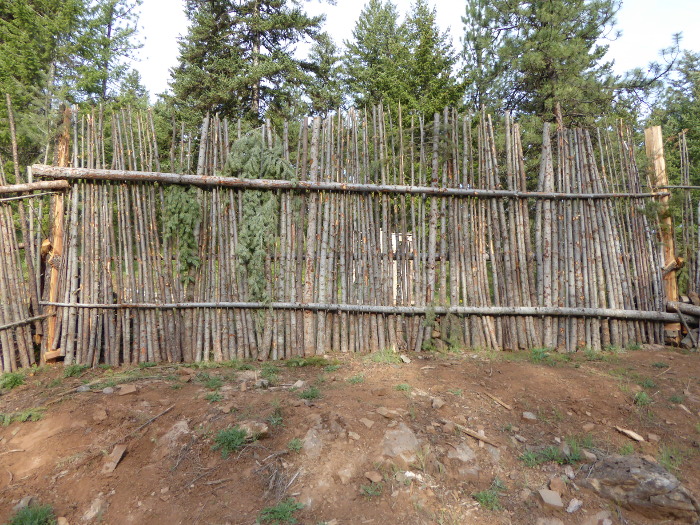

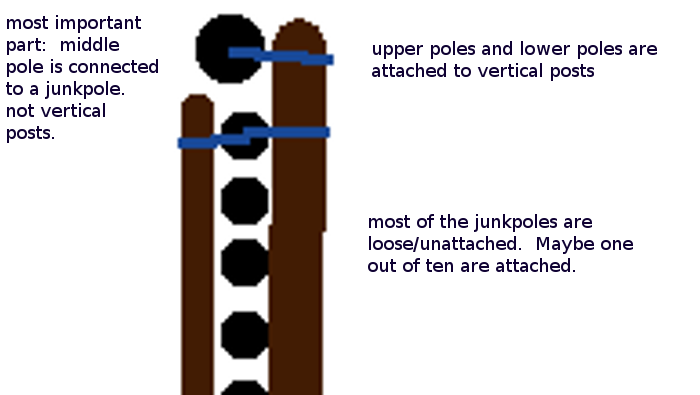
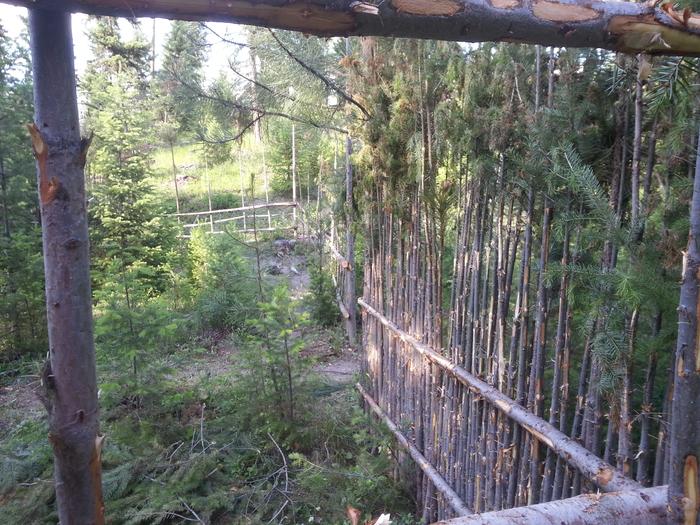


 8
8




![Filename: junkpole-fence-design-dont.png
Description: don [Thumbnail for junkpole-fence-design-dont.png]](/t/47946/a/29126/junkpole-fence-design-dont.png)
 2
2




paul wheaton wrote:
Once you have the materials gathered, it goes up pretty fast.
<...>
In comparison, we built some field fence too ... [which] did go up three or four times faster.
 5
5




 3
3




paul wheaton wrote:the gub'mint pays people to cut it down in the name of "reducing fuel load" (forest fire danger)
'Theoretically this level of creeping Orwellian dynamics should ramp up our awareness, but what happens instead is that each alert becomes less and less effective because we're incredibly stupid.' - Jerry Holkins
 6
6





 11
11




"There is nothing, Sir, too little for so little a creature as man. It is by studying little things that we attain the great art of having as little misery and as much happiness as possible." - Samuel Johnson
 10
10






How permies.com works
What is a Mother Tree ?
 1
1




 17
17




Vic Johanson
"I must Create a System, or be enslaved by another Man's"--William Blake
 8
8





 11
11




Victor Johanson wrote:Interesting--reminiscent of traditional Scandinavian roundpole fences, about which I just learned. They're called gärdesgård in Sweden, and are built from spruce poles, peeled or unpeeled. The posts consist of a pair of sharpened poles that are charred to inhibit decay; they're only driven a little way into the ground, the weight of the fence keeping it all in place. One cool thing about them is that the traditional method requires no fasteners--the poles are held up by green fir or juniper boughs that are twisted and wrapped around the post pairs. Apparently they've been used for hundreds of years over there, and they can also be very attractive. Check it out:
https://en.wikipedia.org/wiki/Roundpole_fence
https://www.google.com/search?q=G%C3%84RDESG%C3%85RD&safe=off&source=lnms&tbm=isch&sa=X
https://www.youtube.com/results?search_query=G%C3%84RDESG%C3%85RD
QuickBooks set up and Bookkeeping for Small Businesses and Farms - jocelyncampbell.com
 4
4




Shenanigans of the sheep and wooly sort.. And many more.. https://www.instagram.com/girlwalkswithgoats/
Papa always says, "Don't go away angry... just go away."
 3
3




Vic Johanson
"I must Create a System, or be enslaved by another Man's"--William Blake
 10
10




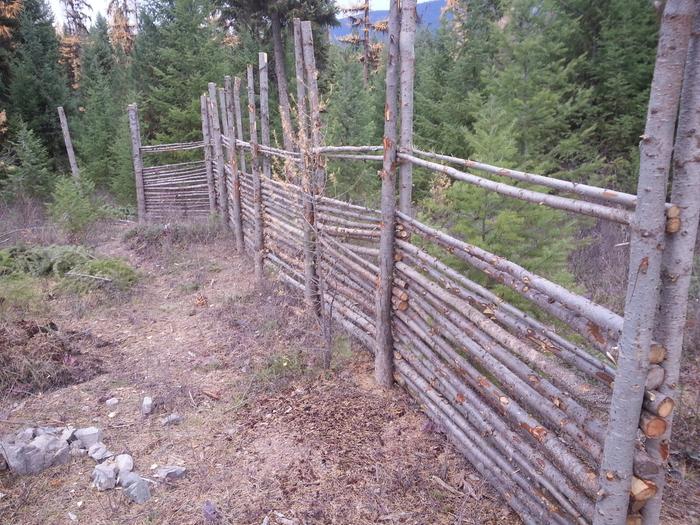
 3
3





Living in Anjou , France,
For the many not for the few
http://www.permies.com/t/80/31583/projects/Permie-Pennies-France#330873
 3
3




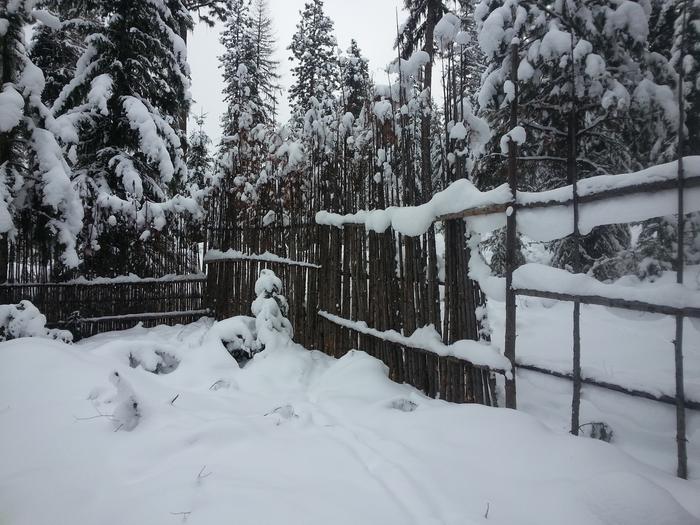
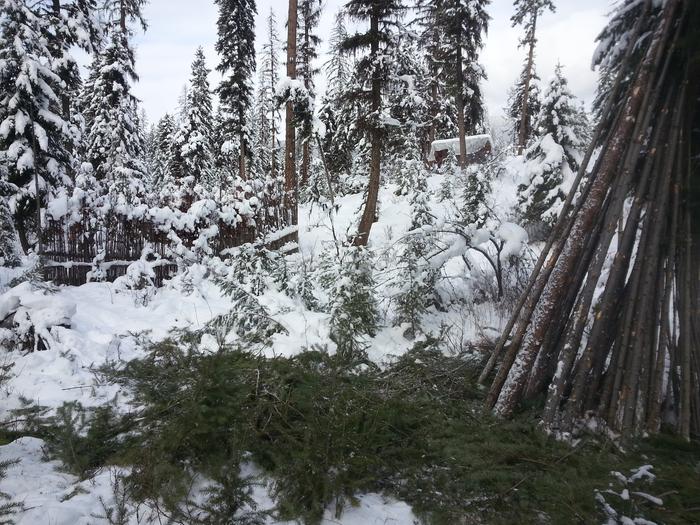
 4
4




 4
4




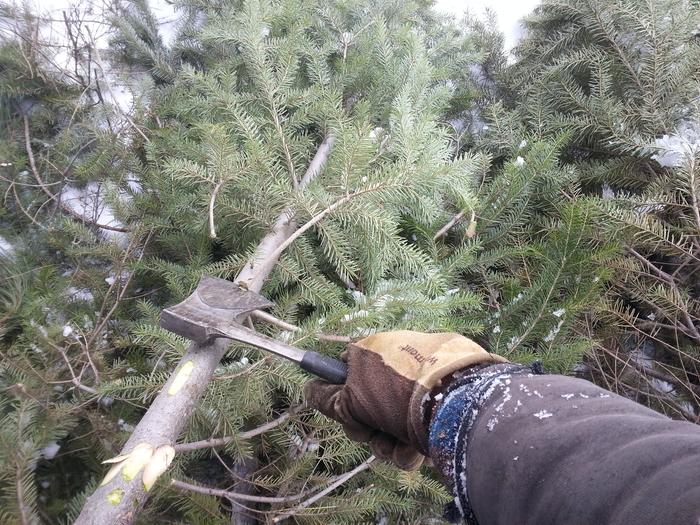
 4
4




Success has a Thousand Fathers , Failure is an Orphan
LOOK AT THE " SIMILAR THREADS " BELOW !
 20
20




InterwovenPermaculture.com
instagram.com/interwovenpermaculture
 2
2




Jocelyn Campbell wrote:
Victor Johanson wrote:Interesting--reminiscent of traditional Scandinavian roundpole fences, about which I just learned. They're called gärdesgård in Sweden, and are built from spruce poles, peeled or unpeeled. The posts consist of a pair of sharpened poles that are charred to inhibit decay; they're only driven a little way into the ground, the weight of the fence keeping it all in place. One cool thing about them is that the traditional method requires no fasteners--the poles are held up by green fir or juniper boughs that are twisted and wrapped around the post pairs. Apparently they've been used for hundreds of years over there, and they can also be very attractive. Check it out:
https://en.wikipedia.org/wiki/Roundpole_fence
https://www.google.com/search?q=G%C3%84RDESG%C3%85RD&safe=off&source=lnms&tbm=isch&sa=X
https://www.youtube.com/results?search_query=G%C3%84RDESG%C3%85RD
Brilliant! I like that no fasteners / no hardware is needed at all.
I watched this video in the search you provided, and even though I can't understand any of the narration, it is so demonstrative that it looks incredibly instructive any how.
That video is awesome! It turns the problem into the solution for the way I was making junk pole fences!
Problem= I have to use screws and the branches and small saplings usually aren't even worth cutting unless I'm tripping all over them.
Solution= Use the saplings and branches for fasteners!
I didn't see anything in the video that was over about 4ft. I wonder if it would be possible scaled up to 8ft.
It's amazing that fire can make the whips so flexible! I wonder if they have to be used immediately after getting fired of if you can fire them all at once and then store them while maintaining that flexibility. I also wonder if Douglas Fir has that same property.
Burning the posts and setting the end rail on a rock is another very simple solution that I hadn't ever thought of.
If anyone has any possible answers for the above wonderings I'd love to hear about them.
I'll plant tree and shrub seeds if you send them! Go here for an address and more info: https://permies.com/t/64918/Seeking-Tree-Seeds#553058
AVA Patreon: https://www.patreon.com/AvaPermaculture
 3
3




Vic Johanson
"I must Create a System, or be enslaved by another Man's"--William Blake
 3
3




I'll plant tree and shrub seeds if you send them! Go here for an address and more info: https://permies.com/t/64918/Seeking-Tree-Seeds#553058
AVA Patreon: https://www.patreon.com/AvaPermaculture
 7
7




Dale Ziemianski
d-alien.com
 7
7




Not growing or raising anything at the moment, but I'm here doing research for the future.
 4
4





Dale Ziemianski
d-alien.com
 2
2




 3
3




 2
2




Deb Rebel wrote:At home we did a lot of square bales, natural twine, and ALWAYS when you cut a twine you had to pocket it or burlap bag it and take it with you. If nothing else a cow would always seem to get wrapped up in one or trip over it.
 1
1




Kyrt Ryder wrote:
Deb Rebel wrote:At home we did a lot of square bales, natural twine, and ALWAYS when you cut a twine you had to pocket it or burlap bag it and take it with you. If nothing else a cow would always seem to get wrapped up in one or trip over it.
Thank you so much for this. I've developed a bad habit of leaving baling twine where I opened the bale until it piles up and then collected it in one go. Thus far it's been fine with my sheep and pigs, but I am looking to get into cattle when I get on larger land and- during the establishment phase when I'm likely to be supplementing with hay periodically- this could have been a disaster.
So much better learning my lesson BEFORE screwing something up.




Deb Rebel wrote:
Kyrt Ryder wrote:
Deb Rebel wrote:At home we did a lot of square bales, natural twine, and ALWAYS when you cut a twine you had to pocket it or burlap bag it and take it with you. If nothing else a cow would always seem to get wrapped up in one or trip over it.
Thank you so much for this. I've developed a bad habit of leaving baling twine where I opened the bale until it piles up and then collected it in one go. Thus far it's been fine with my sheep and pigs, but I am looking to get into cattle when I get on larger land and- during the establishment phase when I'm likely to be supplementing with hay periodically- this could have been a disaster.
So much better learning my lesson BEFORE screwing something up.
The other issue was gophers. Not prairie dogs, those are bigger and protected in some areas. We had a continual war with gophers and filling in their burrow holes. A cow could run through and drop a foot in there and break a leg (which equaled 'burger' and an emergency butchering). Our way of thinning them was sit in the back of a pickup in the pasture and shoot them with a .22 rifle. Bait caused issues so we did it the direct route. It was important in early spring to spend a few afternoons out there thinning them out to keep the population down. Then go out with the tractor and fill things in. If anyone knows how to deal with prairie dogs, without killing, let me know. Where I live now we have those.




Kyrt Ryder wrote:The other issue was gophers. Not prairie dogs, those are bigger and protected in some areas. We had a continual war with gophers and filling in their burrow holes. A cow could run through and drop a foot in there and break a leg (which equaled 'burger' and an emergency butchering). Our way of thinning them was sit in the back of a pickup in the pasture and shoot them with a .22 rifle. Bait caused issues so we did it the direct route. It was important in early spring to spend a few afternoons out there thinning them out to keep the population down. Then go out with the tractor and fill things in. If anyone knows how to deal with prairie dogs, without killing, let me know. Where I live now we have those.
I've seen pigs dig up moles for chow, I imagine the same goes for Prairie Dogs and Gophers. That's part of the reason I intend to rotate pigs in pasture behind Cattle [with scratching poultry- either Turkeys or Chickens- coming in behind to clean up the mess the pigs left behind. It's doubtful pigs would eliminate the population without being left in there far too long for the pasture's health, but in many cases population control is all you need [and desire? considering the soil building work done by burrowing mammals.




Deb Rebel wrote:My two acres are within city limits so no pigs. No goats. No cattle. And no fowl. Goats and fowl were abused after I moved here so I know the entire story and the ordinances that were enacted. This town has very few but they did block those out. Chickens and that, I actually have an area on my land that I could have chickens, but. We had most of the abuses of fowl keeping happen in my neighborhood and generally it had smelled too much to put up with in our hot summers. (trust me at 90f downwind and not enough management of the poop, it got pretty bad when it got sucked up into your swamp cooler (evaporative air cooler).)





Kyrt Ryder wrote:How nosy are your neighbors? With a visual blocking fence [maybe junkpole and a visual screen hedge combined?] you might be able to manage wing-clipped muscovies at least? Two acres is a lot of land to have zero animal pest control.
Naturally make sure you *DO* manage them right if you go that option, because otherwise the smell will reveal you
 3
3




![Filename: junk-pole-gate-design.jpg
Description: a gate design for a junk pole fence [Thumbnail for junk-pole-gate-design.jpg]](/t/47946/a/40156/junk-pole-gate-design.jpg)
 1
1




paul wheaton wrote:Kai made some really cool proenneke style hinges, but .... ended up going with a metal hinge.
I proposed something like this.
The purple is a fatter pole that sits on top of a branch from the baseplate log. The black is something that holds the pole in place, but allows the pole to turn. Then the rest of the junkpole hangs on the big vertical pole.
I was going to have the pole have a pointed end that sits in a hole in the base log, but then I thought that the hole would fill with water and encourage rot.
 15
15






|
I'm full of tinier men! And a tiny ad:
Support permies and give beautiful gifts to gardeners: permaculture playing cards.
https://gardener-gift.com/
|






